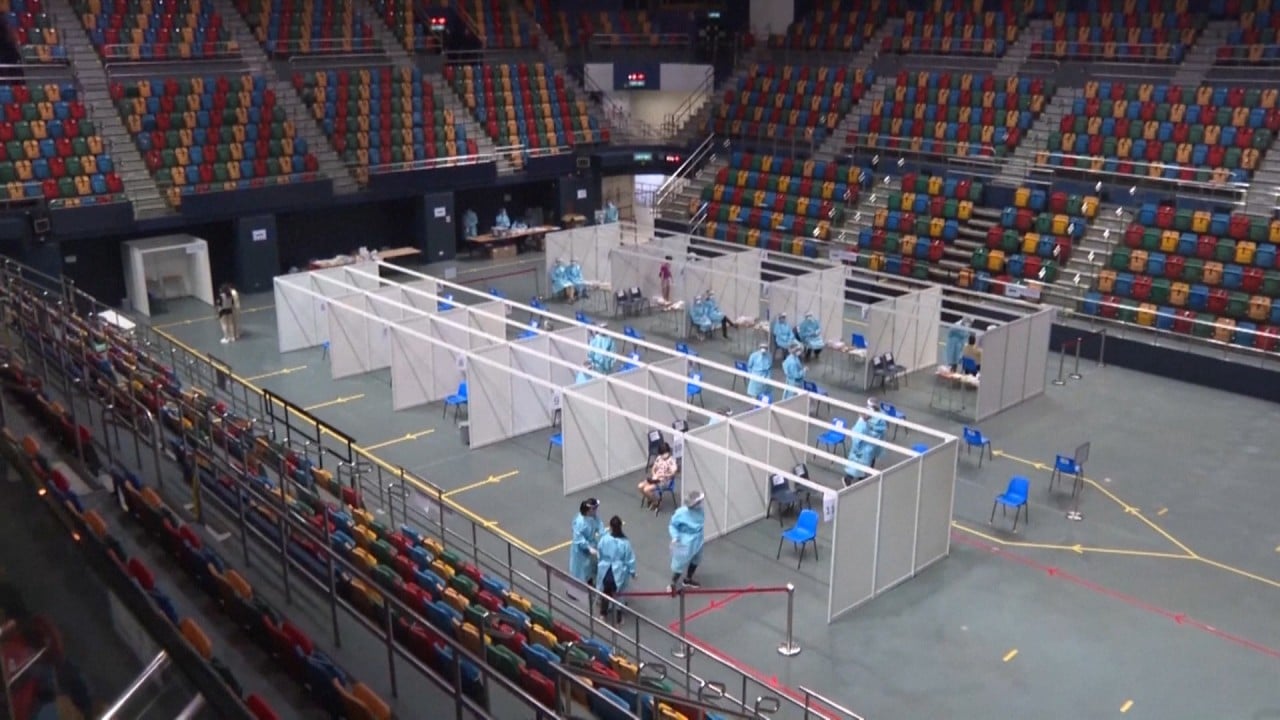Editorial | No time for politics as mass testing ends in Hong Kong and virus struggle goes on
- Only time will tell whether Hong Kong is better prepared to face the Covid-19 challenges ahead after controversial scheme involving Beijing health officials

So much time and effort has been spent on Covid-19 community testing that the government would probably hail it a success regardless of criticism. A fair analysis of the value and implications of the exercise is further clouded by political spin on both sides.
As officials heave a sigh of relief over the better-than-expected public response, there are still broader questions to address, such as the cost-effectiveness of the scheme and the few asymptomatic people identified. More importantly, are we better prepared for the challenges that may lie ahead?
After all, helping to get the city ready for a possible wider outbreak was one of the reasons why Chief Executive Carrie Lam Cheng Yuet-ngor turned to Beijing for the mass testing scheme.

03:07
Hong Kong’s Covid-19 mass testing ends with at least 42 carriers found among 1.78 million people
Concluding the two-week exercise, Lam said the low number of “silent carriers” showed the third wave of local infections was coming to an end. Secretary for the Civil Service Patrick Nip Tak-kuen, who oversaw the exercise, also declared the target had been met and said about 1.8 million people, or more than 20 per cent of the population, had come forward.
This raises questions as to why the government repeatedly stressed it had no target numbers for the scheme after earlier clarifying that the 5 million cited by the health minister was its capacity. If a 20 per cent response was the target, why was it withheld from the public right until the end? And with four out of five people snubbing the test, is it meaningful to make any conclusion?
Officials and experts say the scheme has served its purpose in that it has screened out no fewer than 42 related cases. Whether it was all worth it is a matter of judgment. Ultimately, the outcome will be weighed against the financial and social costs of the exercise. The government yesterday revealed that the scheme cost taxpayers HK$530 million. Taking into account expenditure on the laboratory tests was borne by Beijing, cost-effectiveness still remains an issue.
Meanwhile, millions of people are still out and about every day regardless of whether they have been tested. This is probably why there were still a dozen or so daily infections until yesterday, when there were no new local cases.

